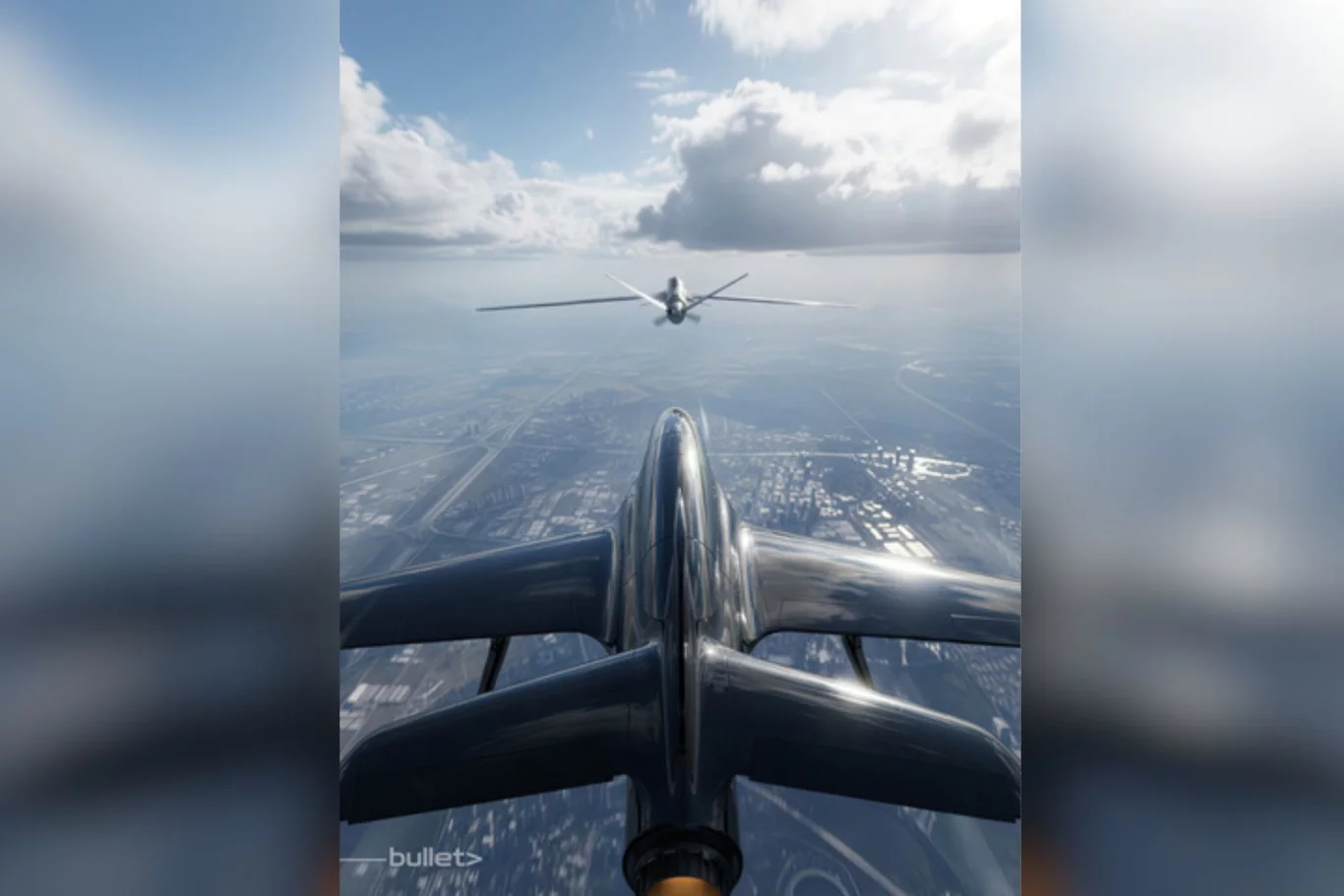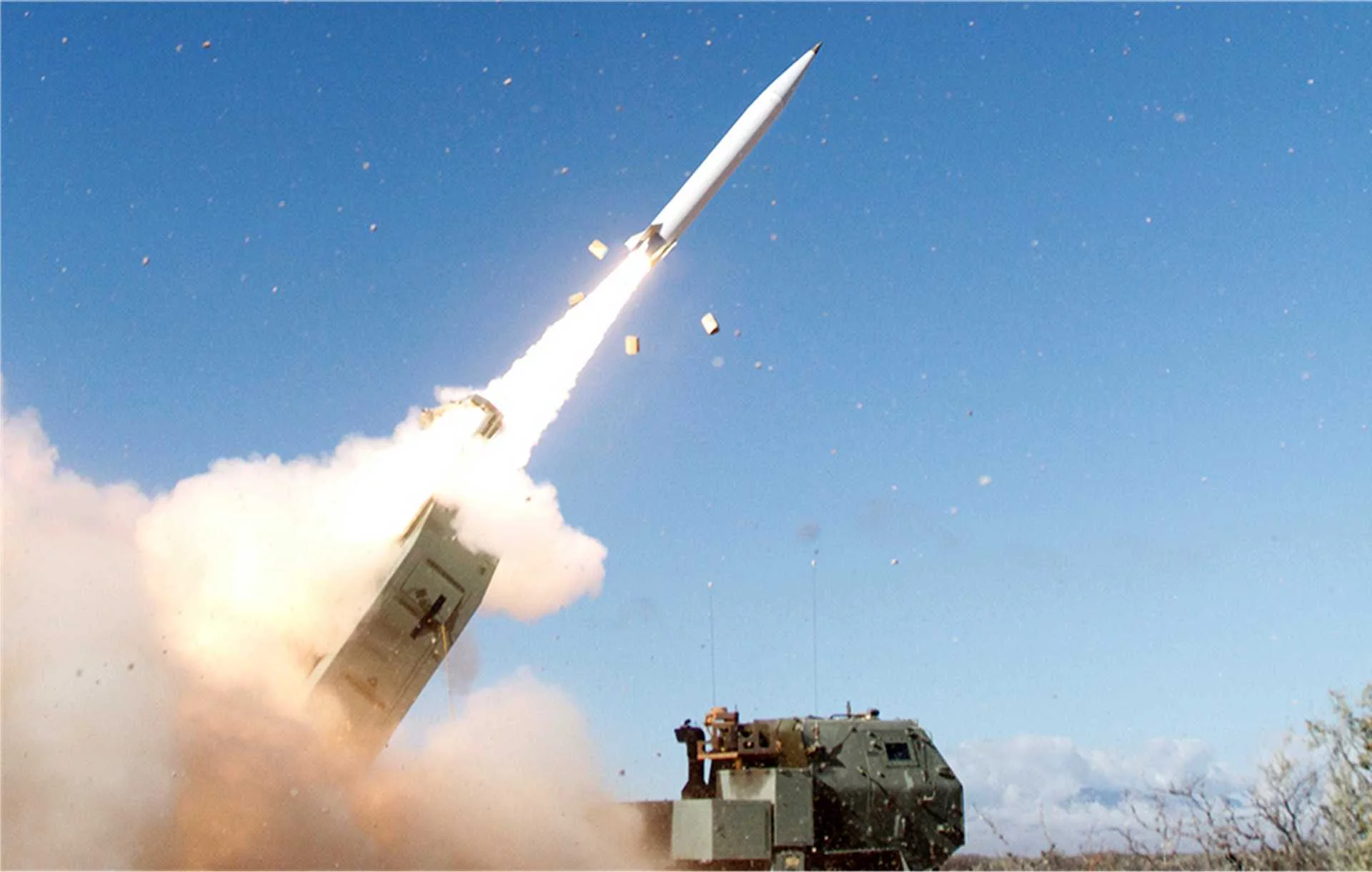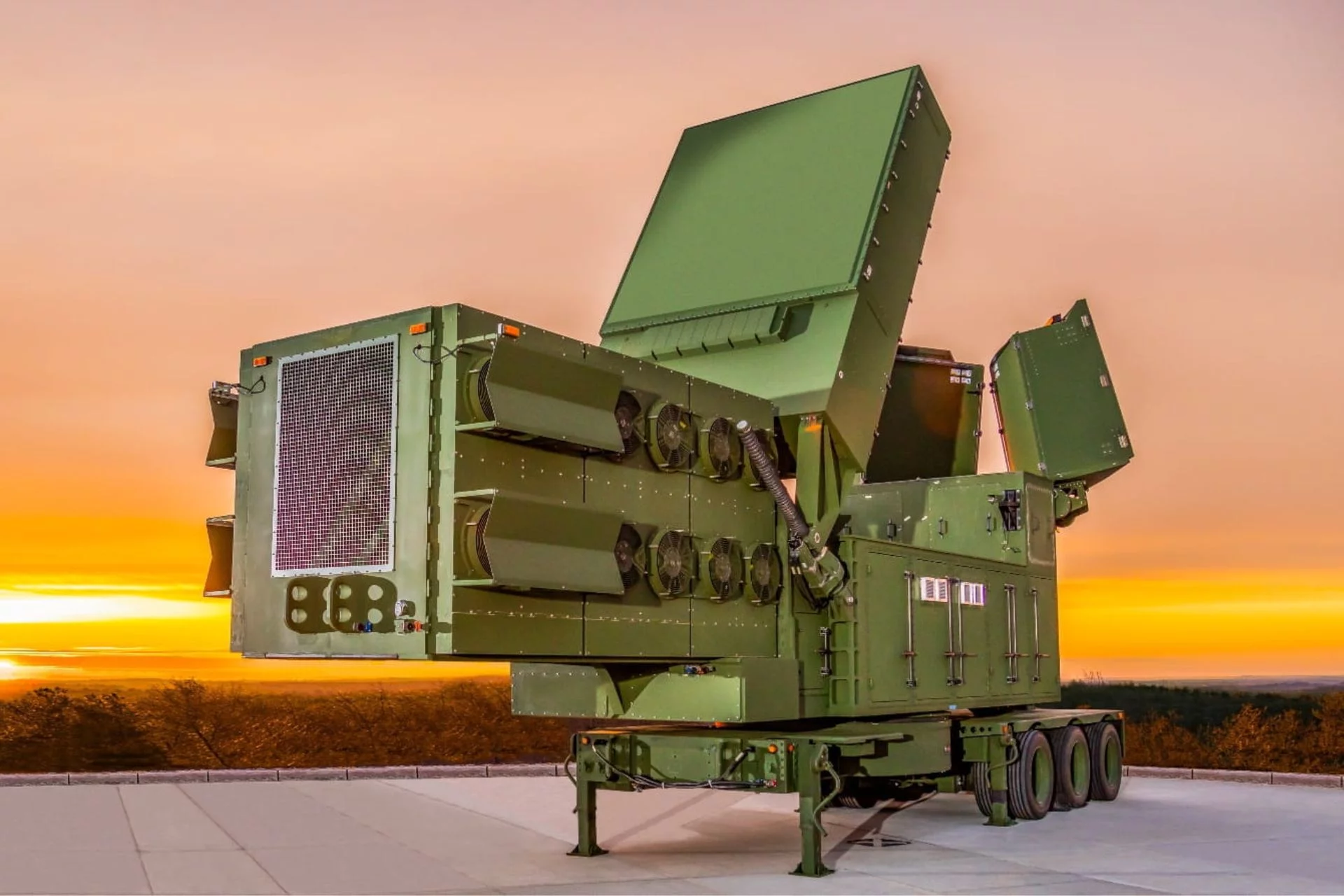In a groundbreaking development that’s set to revolutionize modern warfare and bolster the defenses of NATO allies, American company AIRO Group Holdings has joined forces with Ukrainian innovators Bullet and Degree-Trans LLC. This exciting partnership, announced through a signed letter of intent, aims to establish a 50/50 joint venture dedicated to the production and deployment of cutting-edge high-speed interceptor drones. These aren’t your average drones—these are high-performance machines designed specifically for the United States, NATO member countries, and Ukraine itself, drawing directly from hard-won lessons on the Ukrainian battlefield to create affordable, effective countermeasures against emerging aerial threats.
The initiative represents a strategic fusion of Ukrainian ingenuity, born out of necessity in the face of ongoing conflicts, with American manufacturing prowess and supply chain expertise. AIRO Group Holdings, a leader in aerospace and defense technologies, has highlighted how this collaboration will channel real-world combat experiences straight into Western production facilities. Bullet, the Ukrainian firm behind the fixed-wing interceptor platform, brings to the table a drone that’s already proven its mettle in operational environments. Meanwhile, AIRO contributes its strengths in program management, regulatory certifications, and access to robust U.S.-based supply networks. The result? A streamlined path to producing drones that can be rapidly integrated into allied defense systems, ensuring that NATO and its partners stay ahead in the ever-evolving drone warfare landscape.
At the heart of this joint venture is the interceptor drone’s impressive technical specifications, which position it as a formidable tool in counter-unmanned aerial systems (counter-UAS) operations. Capable of reaching blistering speeds of up to 300 miles per hour—or approximately 450 kilometers per hour—this drone outpaces many conventional propeller-driven models, allowing it to close in on targets with unprecedented quickness. Imagine a scenario where loitering munitions, those persistent and deadly threats that hover and strike at opportune moments, are no match for an interceptor that can chase them down in a matter of minutes. This speed isn’t just for show; it’s a critical factor in shortening the interception timeline, giving defenders a decisive edge in protecting key assets like military bases, infrastructure, or urban areas.
But speed is only part of the story. The drone boasts an operational range of about 200 kilometers, which opens up possibilities for extensive patrol zones and barrier defense strategies. This means a single battery of these interceptors could safeguard multiple strategic points without the need for constant repositioning, making it an efficient solution for layered defense architectures. Whether it’s monitoring borders, securing convoys, or providing overwatch for ground forces, this range ensures flexibility in deployment, adapting to the diverse terrains and operational demands faced by NATO forces across Europe and beyond.
Adding to its versatility is the modular payload system, which supports weights ranging from 2.5 to 9 kilograms. This modularity is a game-changer, allowing operators to customize the drone for specific missions without overhauling the entire platform. For instance, one variant could be equipped with a kinetic warhead for direct impacts, while another might carry a non-kinetic payload like an RF seeker for electronic warfare disruptions or a fragmentation charge for area effects. As threats evolve—think advanced Shahed-type one-way attack drones from adversaries or small reconnaissance quadcopters used for spotting artillery—this adaptability ensures the interceptor remains relevant and effective over time, reducing the need for frequent redesigns and keeping costs manageable for defense budgets.
Interceptor drones like this one fill a crucial niche in the spectrum of anti-drone technologies, bridging the gap between short-range solutions like anti-aircraft guns and electronic jammers, and more expensive, complex systems such as surface-to-air missiles. Traditionally, guns offer immediate response but limited range, while missiles provide reach but at a high financial and logistical cost. These drones, however, can be pre-positioned on launch rails or catapults for near-instantaneous deployment, guided precisely to their targets for impact or proximity detonation. This approach not only minimizes collateral damage but also offers a cost-effective alternative, especially in scenarios involving swarms of enemy drones where expendable interceptors can be scaled up without breaking the bank.
The origins of this technology trace back to Ukraine’s intense experiences in drone-on-drone combat, where necessity has driven rapid innovation. Ukrainian engineers and operators have had to contend with a barrage of aerial threats, from Russian-made loitering munitions to improvised UAVs, honing tactics and designs that prioritize speed, reliability, and affordability. By partnering with AIRO, these battlefield-proven concepts are being refined for Western standards, including certifications that ensure safety, interoperability, and compliance with international regulations. Production is slated to occur both in the United States and Ukraine, facilitating quicker deliveries to allied customers while supporting Ukraine’s domestic defense needs. Definitive agreements are expected within about 60 days, paving the way for ramped-up manufacturing and potential contracts with U.S. government agencies, NATO headquarters, and individual member states’ defense ministries.
Looking broader, this joint venture aligns perfectly with NATO’s push for scalable, interoperable responses to the proliferating drone threat. In recent years, the alliance has emphasized the need for cross-border layered defenses, combining elements like 30mm autocannons for close-in protection, mobile jamming units for electronic denial, and emerging directed-energy weapons for future-proofing. However, political hurdles, budget constraints, and the challenge of standardizing systems across diverse member nations have often slowed progress. Here, the US-Ukraine partnership offers a ready-made solution: a certifiable, off-the-shelf interceptor that can be integrated into existing networks without creating compatibility issues or fratricide risks—those unfortunate incidents where friendly systems mistakenly target each other.
Moreover, the program’s focus on modularity extends to potential variants beyond pure interception. Communications from the partners hint at strike configurations, which could enable the drone to engage larger UAVs or even lightly armored ground targets. This multifunctionality could transform it from a defensive asset into a versatile tool for offensive operations, such as interdiction missions or supporting ground troops in contested environments. Of course, successful integration will be key; the drone must seamlessly connect to air-picture networks, sharing data in real-time to avoid spectrum conflicts or operational disruptions. While these challenges are not insurmountable, they underscore the importance of rigorous testing and collaboration with Ukraine’s Ministry of Defense to refine requirements.
In the grand scheme, this initiative isn’t just about building drones—it’s about forging stronger ties between the West and Ukraine amid ongoing geopolitical tensions. By leveraging Ukrainian expertise, the U.S. and NATO gain access to combat-tested innovations that might otherwise take years to develop independently. For Ukraine, it means economic benefits through joint production, enhanced military capabilities, and a signal of international solidarity. As Europe grapples with porous borders, persistent asymmetric threats, and the need for resilient defense postures, programs like this provide a blueprint for turning frontline lessons into global security enhancements.
If the timeline holds and the joint venture clears key milestones—like U.S. and NATO qualifications—the transition from concept to operational deployment could happen swiftly. Defense planners will be watching closely, as this could mark a shift toward more agile, affordable counter-drone strategies that keep pace with adversaries’ advancements. In an era where drones dominate headlines and battlefields alike, this US-Ukrainian alliance might just be the breakthrough that tips the scales in favor of democratic defenses.




